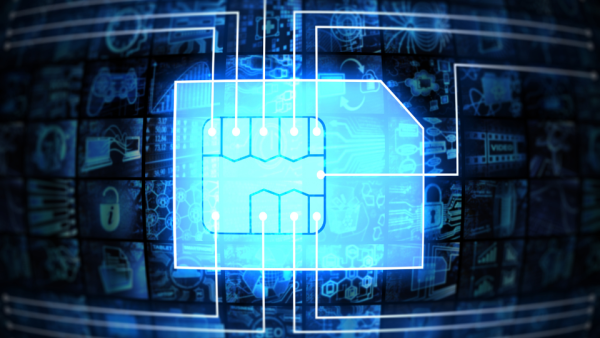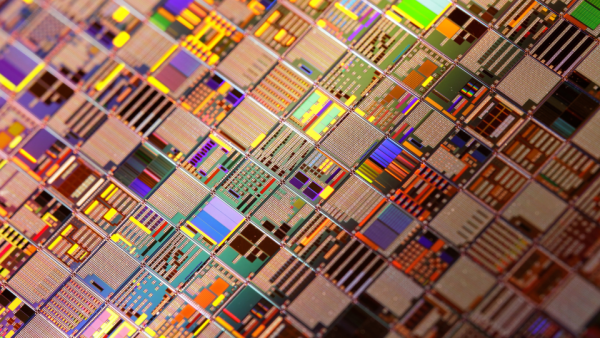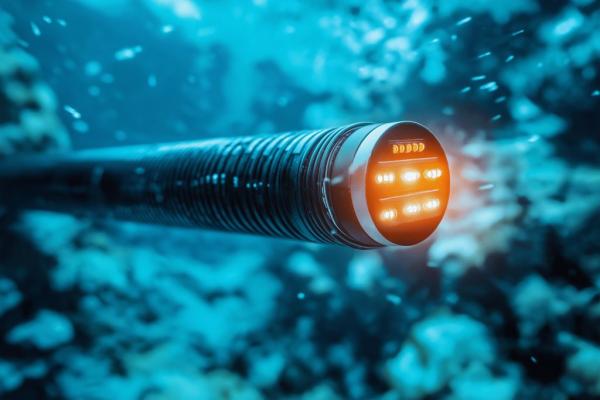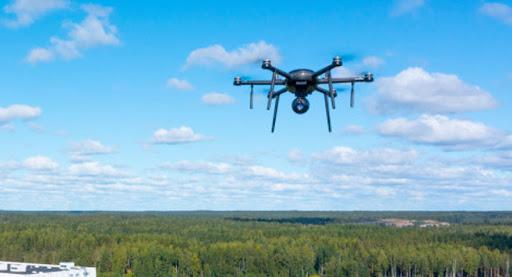Written by Nick Flaherty for EE News Europe
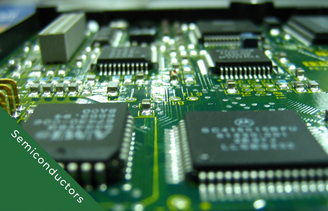
7. Neuromorphic AI
Neuromorphic, or spiking AI, is set to become mainstream with specialist accelerators alongside microcontrollers, and, just as importantly, the tools to use them.
6. OpenRAN chips
Despite security, fragmentation and market issues with the open radio access network (Open RAN, O-RAN, OpenRAN) specification, the technology will continue to develop to challenge the dominance of the major telecoms equipment suppliers. Chips from design labs across Europe, from Intel and Vodafone to Samsung and NEC, will boost the market.
5. The race to 2nm
TSMC, Samsung and Intel are in a three way race to bring their 2nm CMOS process technologies to market in 2024 which will see early production in later this year.
4. Chiplets
Avoiding the need to go to 2nm, chiplets will enable a range of process technologies to be used to build trillion transistor ‘chips’ with standardised interconnect.
3. Quantum Computing
Quantum computing will continue its development through 2023, with consolidation of the different technologies. Just like the early days of silicon, there will be a range of different approaches and technologies, and the shakeout continues as companies race to scale up.
2. Photonics
Photonics will be a keystone technology for Europe in 2023. From chiplets to quantum computers, sensors to telecoms, integrating photonics with CMOS is recognised as a fundamental strength in the region.
1. The market
But the biggest factor will be the impact of the semiconductor market downturn as the supercycle comes to an end. Just how far it will fall, and which areas (industrial automation) will be less badly impacted, will be key areas in the coming months.

